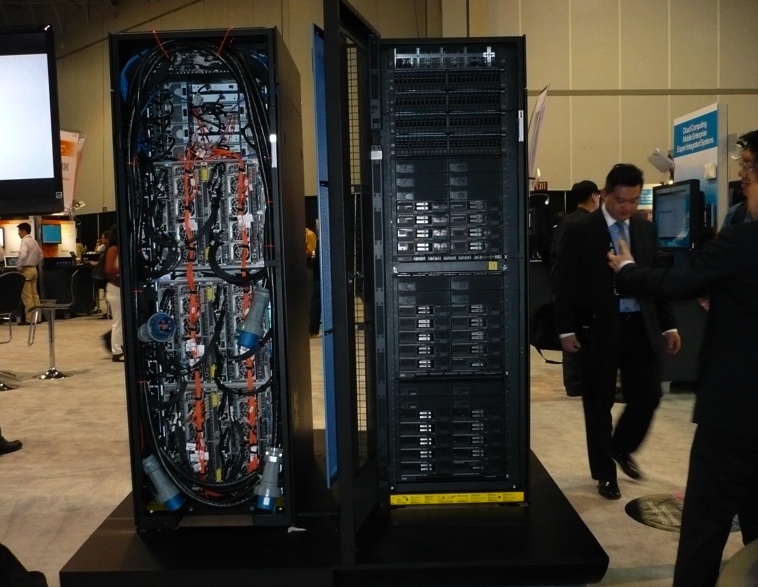I have a date with a group of European Industry Analysts later in the week, and as I reflect on the key messages I would like to convey, I thought it might be useful to share my thoughts on this blog. I will start off in part 1 of the series with an introduction to the PureSystems family, the topic of interest to the Analysts.
You might recall that in April 2012, IBM introduced PureSystems with the first 2 family members, PureFlex System and PureApplication System. The PureData System joined the family in October 2012.
The PureFlex System integrates computing, storage, networking resources and system management to simplify and accelerate the delivery of infrastructure services. It is ideal for those clients who want to accelerate deployment and simplify management of infrastructure for building custom application platforms and application stacks. PureApplication System is an integrated application platform, delivering platform services that include pattern-based application stack deployment and management, web application serving and database management. PureData System is an expert integrated system optimized exclusively for delivering data services.
PureSystems address the challenges associated with an increasing complexity in the provisioning of IT infrastructures capabilities (storage, compute and networking) and associated web application middleware software; and the increasing volume, velocity and variety of data used today in all aspects of business.
Best practices and expertise are built into the system, reducing and in many cases, eliminating the need for operators to go through extensive documentation and best practice white papers to understand how to configure, tune, deploy and operate applications and data on the systems.
To ensure clients are able to get value from the platform faster, system is designed, integrated and optimized for specific high performance applications in the factory. On delivery, the client simply focusses on integrating the system into their infrastructure, rather than spending time connecting the various pieces together and installing software. Standardization significantly increases time to value by eliminating the need for extensive installation and configuration. Additionally, because each PureSystem is design, configured and optimally tuned in the factory in a standard manner, troubleshooting is made easier.
In today's highly competitive business environment, competitive advantage arises from being able to take advantage of capabilities faster that anyone else. While some might focus on delivering a vast array of features and functions, a key design principle of PureSystems is to simplified the user experience, exposing what matters most to system users and operators. This enables them to be most productive. With PureSystems, procurement is simplified with a single line of support and part number. No assembly of components is required. Applications and data are ready to load application in hours. Open integration to 3rd party software is possible, with the whole systems managed through an integrated management console that greatly simplifies system upgrades and maintenance across the stack.
PureSystems comes in different models that have been designed, integrated and optimized to deliver application and data services to today's demanding applications with simplicity, speed & lower cost. For more information can be found here.


Shiyghan
ReplyDeleteI very much enjoyed the analyst round-table - IBM clearly demonstrates that workloads don't have to be virtualised to be part of the converged infrastructure and integrated systems world.
I'm looking forward to reading more from your blog.
Best WIshes - Martin